Inside Beijing’s brutality: China’s concentration camps amount to genocide, the US declares, but Australia won’t call it that
It is inside this fortress where perfectly healthy “prisoners” are subjected to treatments that the world is now finally waking up to.
Healthy prisoners are euthanised so their internal organs can be removed and sold on a lucrative multibillion-dollar black market.
Women are raped, abused and beaten. Hundreds of thousands are forcibly sterilised to prevent pregnancies, in a bid to wipe out the future population.
Most of the estimated 1.5 million people held in hundreds of camps are forced into unpaid labour, producing apparel for some of the world’s most recognisable brands.
Many people enter these camps, dragged from their homes and rounded up by troops and forced into trucks, vanishing into a complex network of prisons. Few ever re-emerge.
China calls its alleged treatment of the Uighur ethnic minority in the Xinjiang province in the country’s northwest a ‘re-education’ of extremist terrorists.
And Beijing staunchly disputes the horrifying allegations that have been outlined in a growing number of independent reports for several years now.
But the United States has just declared it a clear case of “genocide and crimes against humanity” – and those five significant words have backed Australia into a very unpleasant corner.
RELATED: China engaging in torture, brainwashing and forced organ removals
RELATED: Incriminating report reveals Beijing’s ‘intent to destroy’ Uighur minority
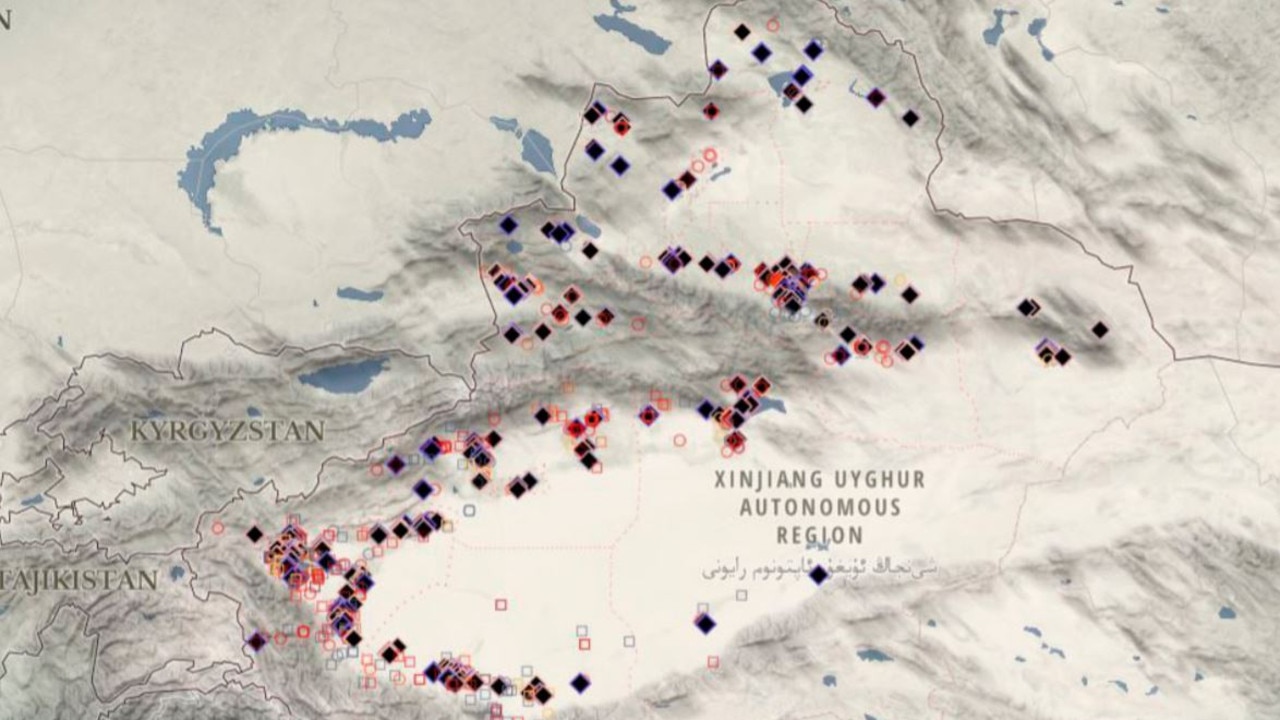
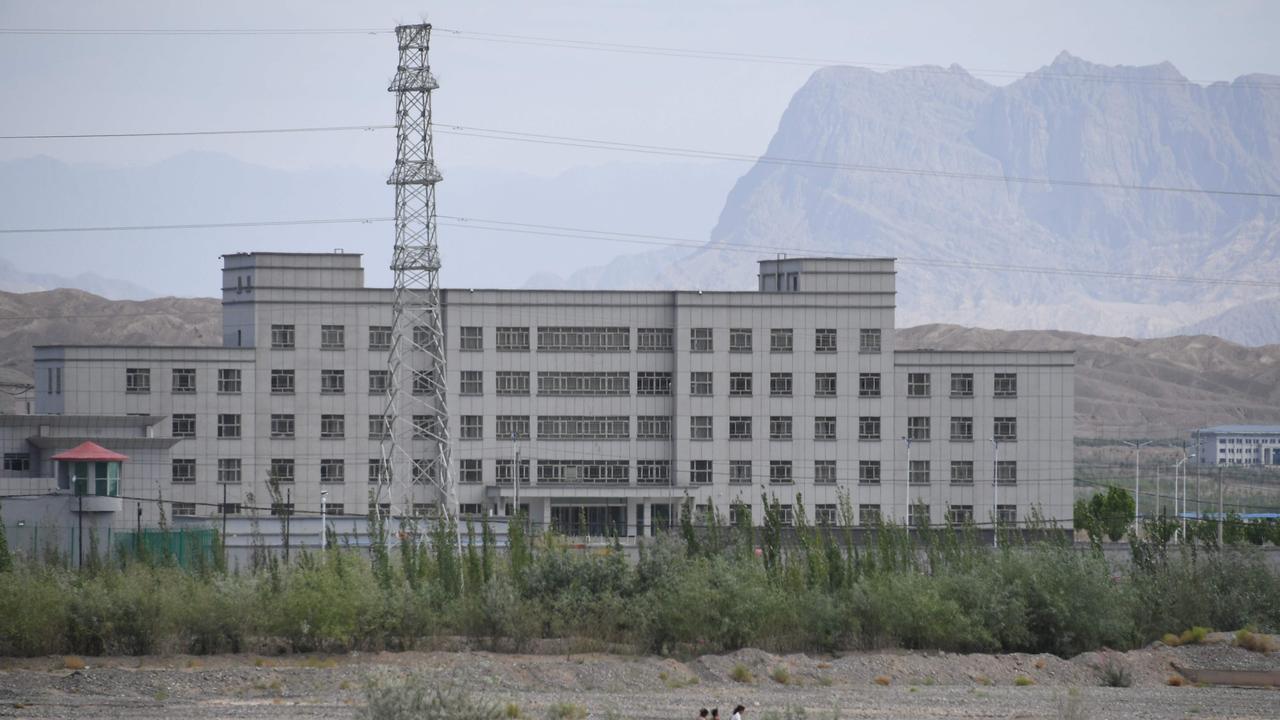
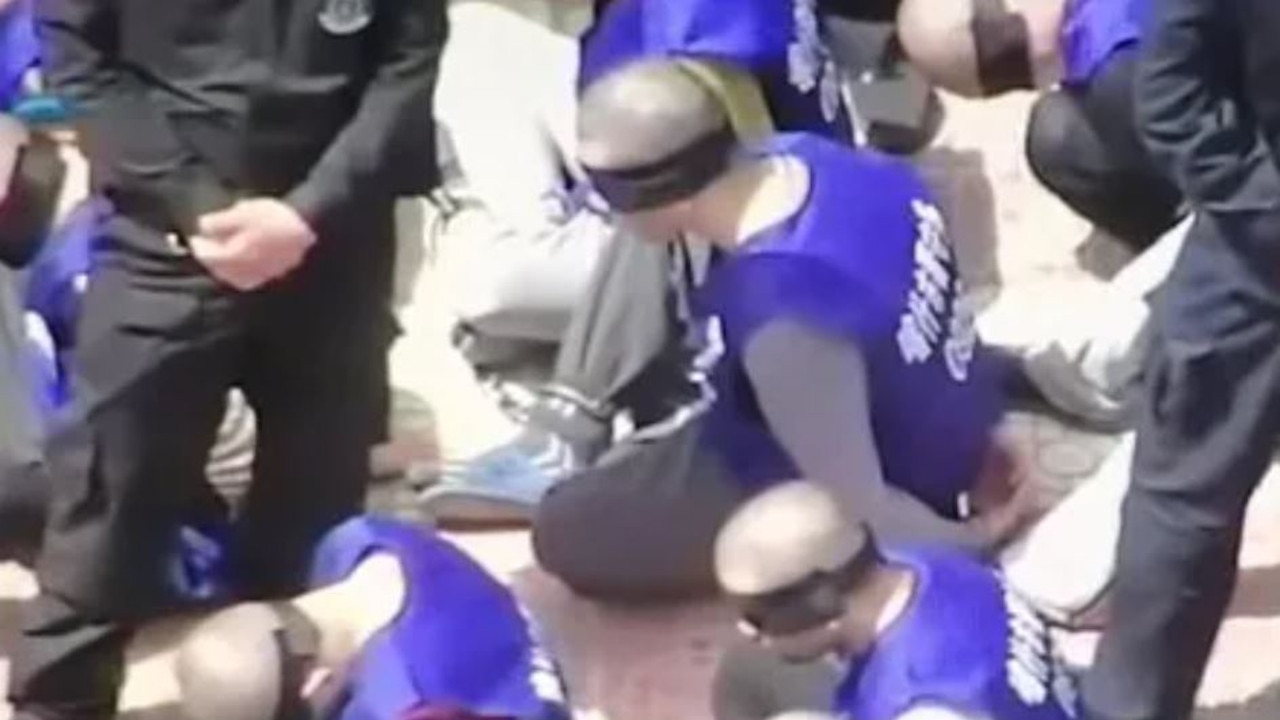
The systemic elimination of a population
Concern about China’s treatment of Uighurs, particularly the detention of some 1.5 million in a rapidly growing number of camps across Xinjiang, isn’t new, with human rights groups calling for urgent action for several years.
But a number of recent high-profile independent tribunals, investigations and reports have applied pressure on Western governments to act.
Most alarmingly, last month a nonpartisan panel of 50 global experts in human rights and law concluded without doubt that Beijing is engaged in “ongoing genocide” that aims to eliminate Uighurs.
Newlines Institute for Strategy and Policy, a Washington-based think tank, conducted the first non-government review of China’s alleged actions in Xinjiang and found overwhelming evidence that Beijing is violating all five provisions of the United Nations Convention on Genocide.
Those provisions are: killing members of a group; causing serious bodily or mental harm to members of a group; deliberately inflicting conditions of life aimed to bring about its physical destruction in whole or in part; imposing measures intended to prevent births; and forcibly transferring children out of a group.
“Uighurs are suffering from systematic torture and cruel, inhumane and degrading treatment,” the report said.
“China’s policies and practices targeting Uighurs in the region must be viewed in their totality, which amounts to an intent to destroy the Uighurs as a group, in whole or in part.”
In an interview with CNN, Azeem Ibrahim, director of special initiatives at Newlines, who co-wrote the report, said China’s leadership were the “architects of genocide”.
Both in and out of the camps, shocking practices aim to crush the birthrate among Uighur women.
An investigation released in mid-2020 found Beijing was employing barbaric measures to do so, including regular pregnancy tests, forced abortions and permanent sterilisation.
The shocking exposé published by Associated Press and based on official statistics, leaked state documents and testimony from those who spent time inside the prisons, estimated that “hundreds of thousands” of women have been targeted.
“Hundreds of thousands might be an understatement, because there are 15 million Turkic minorities in Xinjiang,” German researcher Adrian Zenz said.
The sickening intervention is working.
Birthrates in the Uighur majority regions of Hotan and Kashgar fell by 60 per cent in the three years to 2018, the investigation found.
RELATED: Dire economic consequences of China’s trade war with Australia
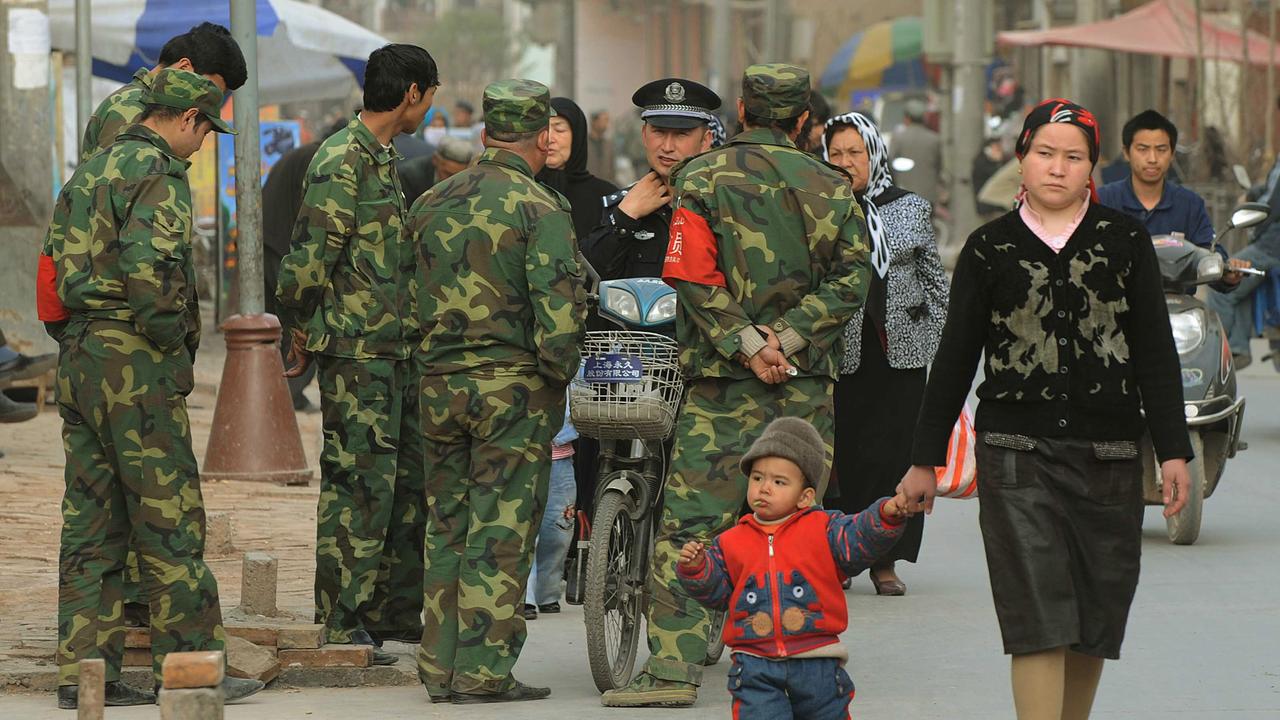
China’s camp construction boom
A report by the Australian Strategic Policy Institute identified and mapped more than 380 camps across the Xinjiang region.
It categorised four types of facilities, from low security ‘schools’ connected to forced labour factories, through to maximum security prisons with one entry point, no outdoor spaces and dozens of cell blocks.
Authorities have engaged in a mammoth construction program to expand existing camps and build new ones, despite Beijing insisting that the goal was for ‘re-education students’ to eventually ‘graduate’.
For example, ASPI identified a brand new 24-hectare facility with 13 buildings of five-storeys each, providing about 100,000sq m of floor space, surrounded by a 14m wall, which was built last year.
One type of facility being built in large numbers is described by ASPI as a ‘tier three’ camp, which appears “intended to remove people from society, with little intention for serious rehabilitation”.
“They have no factory warehouses or vocational amenities that could nominally be used to train detainees for a future in factory work,” its report found.
“They are fully enclosed by a rectangle of high concrete walls, regular watchtowers and several layers of barbed‑wire fencing. There’s generally an aerial walkway so guards can access the perimeter wall without entering the facility.
“Likewise, there is often a building where new detainees are sent and processed on arrival, and then funnelled through a narrow concrete channel into the detention centre.”
RELATED: Who are the Uighurs and why is China being accused of genocide?
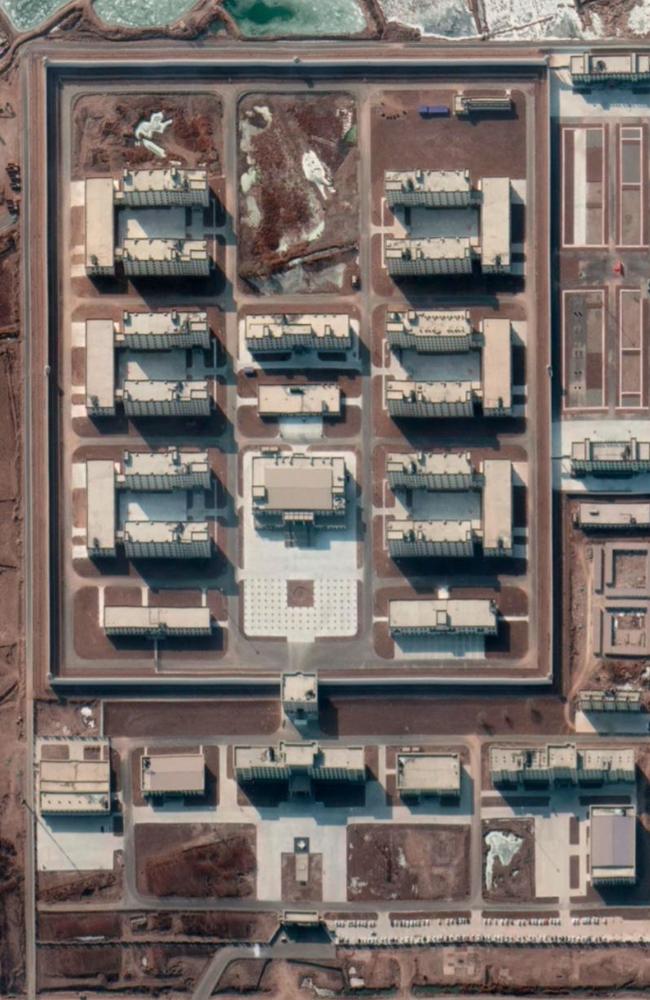
The ASPI report found a “significant number” of these facilities have been built since mid-2019 and several newly completed camps opened in 2020.
More than a dozen new camps are currently under construction.
Despite the claims from Beijing that the facilities are more like schools and that mistreatment simply doesn’t occur, leaked documents published in the Newlines investigation tell a different story.
One such document was an order form for supplies – tasers, pepper spray, electric cattle prods and spiked clubs called “wolf’s teeth”.
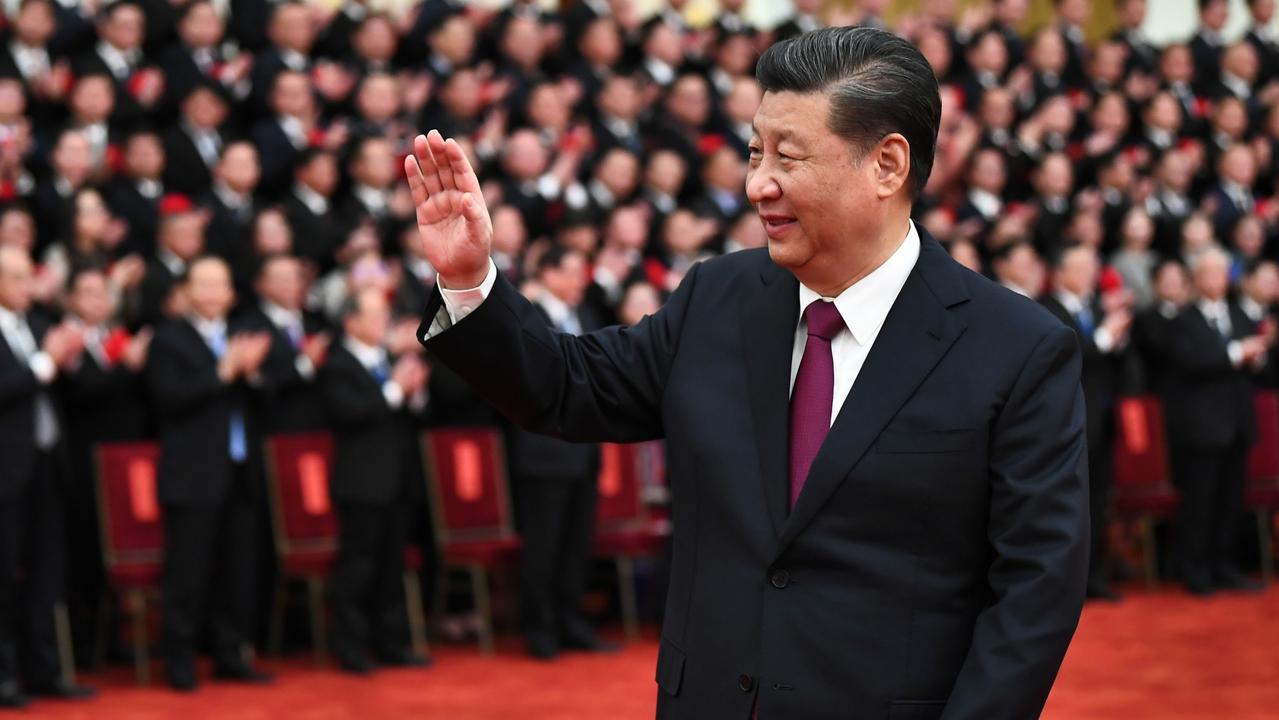
Inside the ‘torture’ camps
What takes place inside these camps has been well documented, with testimonies from the survivors allowed to leave, as well as former guards and escapees, painting a horrifying picture.
Re-education classes teach Mandarin and Chinese culture, as well as the virtues of the Communist Party, and run from dawn until midnight. They are mandatory and a failure to complete them satisfactorily leads to horrific abuse.
Detention in re-education camps often comes after long stints in prison, with forced labour and beatings.
Survivors and escapees describe barbaric physical and mental torture at the hands of both guards and willing inmates in a bid to force ‘confessions’ of misdeeds and break people’s spirit before re-education training.
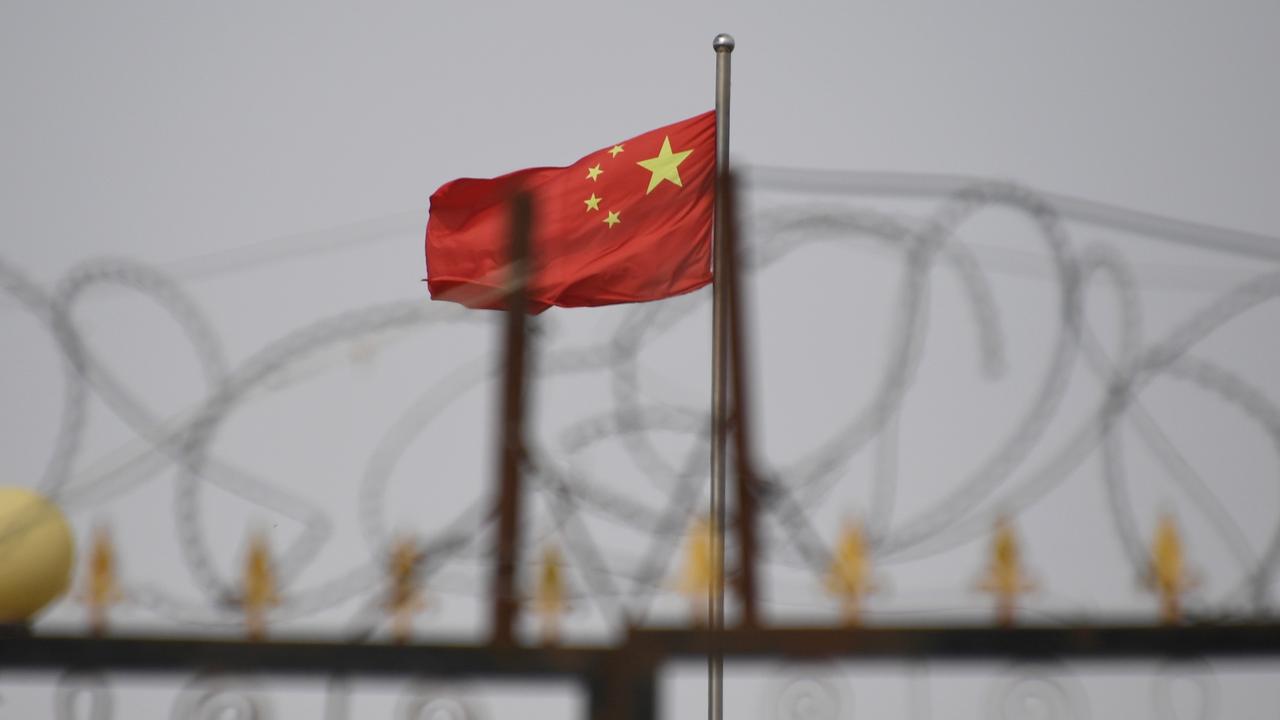
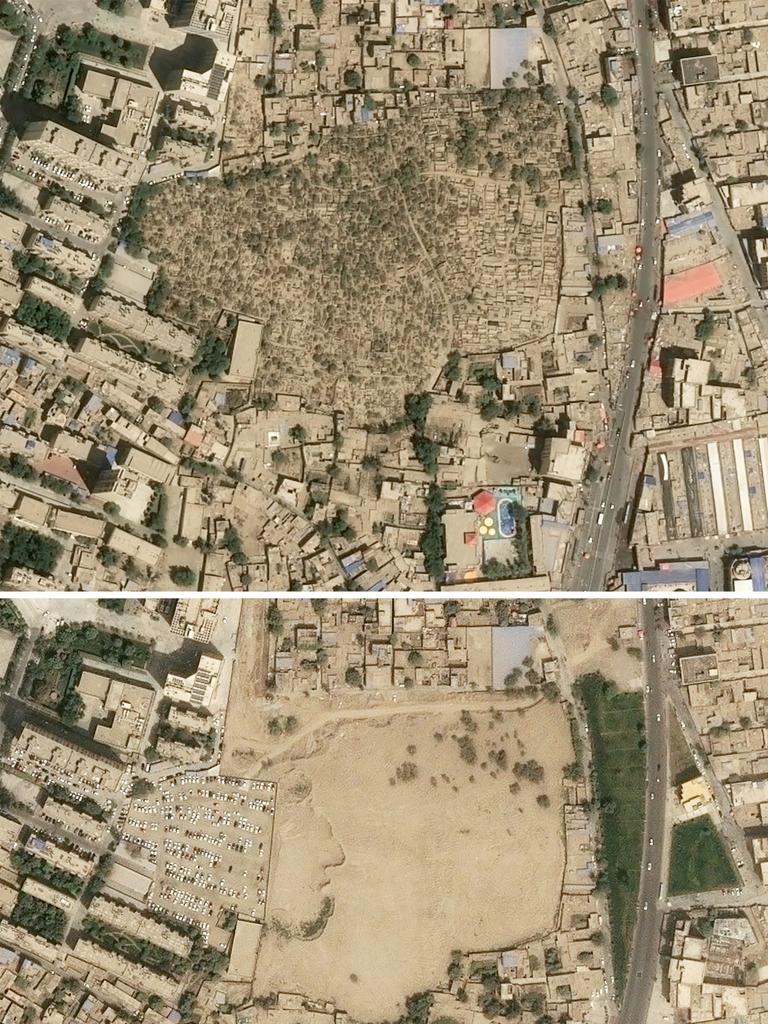
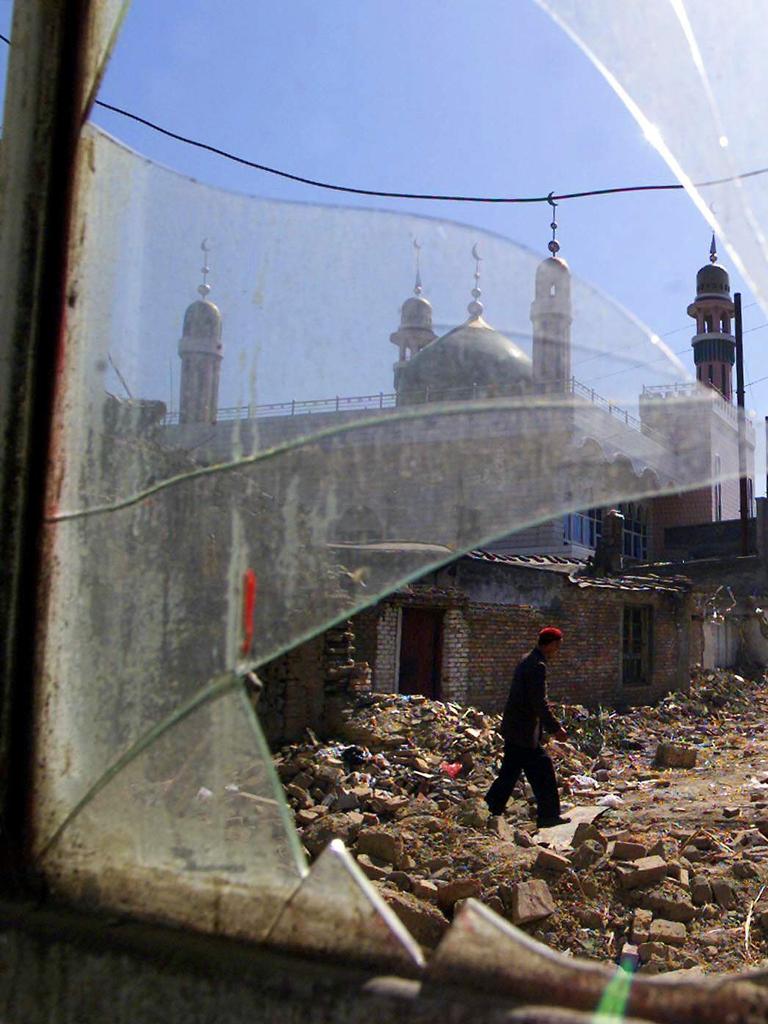
Perhaps most chillingly, healthy adults are subjected to repeated medical tests that human rights advocates say is part of China’s forced organ trade.
In 2019, the independent and international China Tribunal, chaired in London by barrister Sir Geoffrey Nice, concluded a state-sponsored human farming operation is taking place across the country.
The practice, which Beijing continues to deny, constituted genocide and industrial-scale murder and torture, Sir Geoffrey said.
“Forced organ harvesting is of unmatched wickedness, on a death-for-death basis, with the killings (from) mass crimes committed in the last century,” he said.
One former prisoner – a Kazakh national who was only released after sustained political pressure from China’s neighbour – recounted being forced to give urine and blood samples on his first day of incarceration, before being subjected to ultrasounds of his kidneys, heart and lungs.
Later, he underwent an eye test.
These tests were repeated later during his captivity.
The China Tribunal in 2019 heard many inmates were tested to check the viability of their organs, which are allegedly involuntarily harvested to satisfy the huge demand of the transplant trade.
China says some 60,000 organ transplants take place annually, and donations are from a voluntary system, but the tribunal heard it’s impossible that such a system could meet that quota.
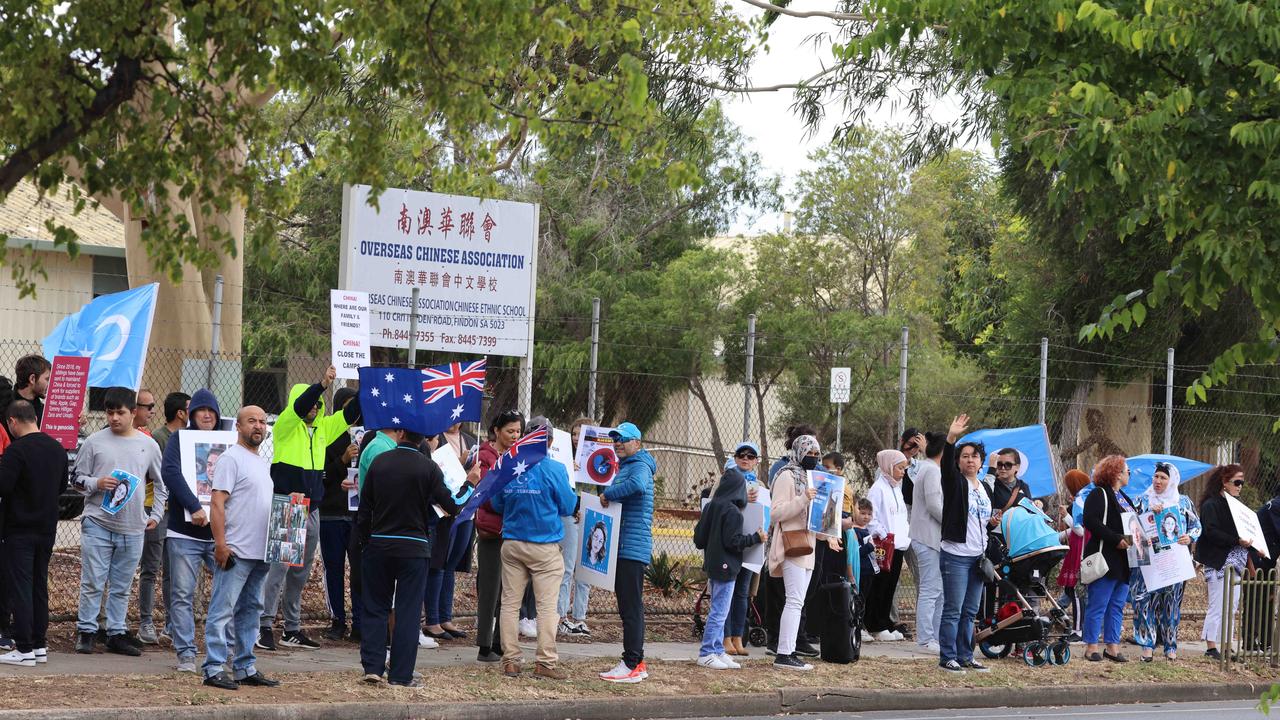
Pressure is mounting – except from Australia
The word “genocide” is obviously a big and serious one.
Ascribing it to China’s treatment of Uighurs would be damning, especially for President Xi Jinping, and the more countries that use it, the more that will likely follow.
A united front might lead to economic sanctions and boycotts of Chinese-made products, as well as the staging of prominent international events, such as the Beijing Winter Olympics next year.
There’s little that China loathes more than being embarrassed on the international stage.
In its final weeks, the Trump Administration referred to China as having engaged in “genocide”.
Initially, US President Joe Biden was reluctant to follow suit, appearing to downplay China’s treatment of the Uighur people when he said “culturally there are different norms” in every country.
But last week, the Biden administration formally declared China is committing “genocide and crimes against humanity”, in a major report by the State Department.
It followed a co-ordinated move by the US, Canada, the UK and the European Union to slap sanctions on four prominent officials within the Communist Party, accused of playing a direct role in the atrocities.
“These measures reflect our grave concern with the gross and systematic human rights abuses taking place in the region,” Canadian Prime Minister Justin Trudeau said.
“We will continue to work closely with our international partners to pursue accountability and transparency.”
The Australian Government issued a joint statement with New Zealand supporting the sanctions but not imposing any of their own.
Between a rock and a hard place
The Australian Government has continually expressed concern about the treatment of Uighurs in the past, but it chooses its words carefully.
Just last week, in response to the sanctions, Australia said it reiterated its “grave concerns about the growing number of credible reports of severe human rights abuses against ethnic Uighurs and other Muslim minorities in Xinjiang”.
“In particular, there is clear evidence of severe human rights abuses that include restrictions on freedom of religion, mass surveillance, large-scale extrajudicial detentions, as well as forced labour and forced birth control, including sterilisation.”
But it stopped well short of describing those abuses as genocide.
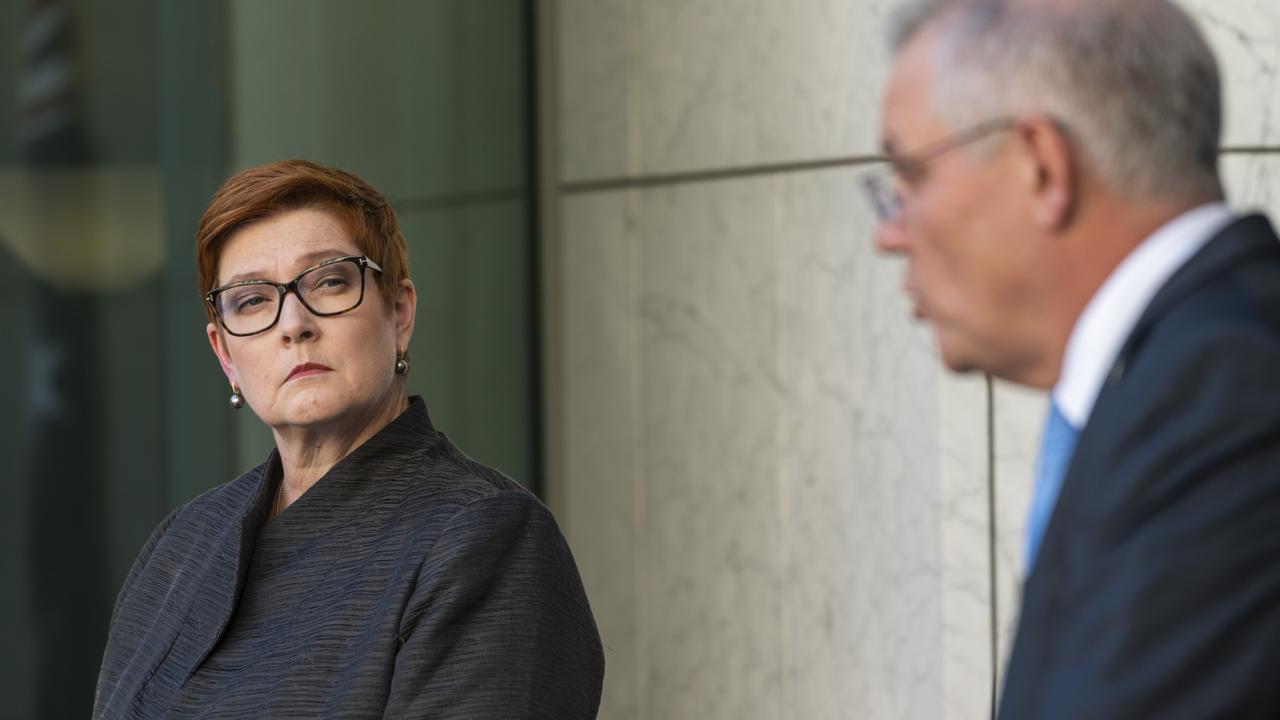
Last week, a motion put forward in parliament calling on the Government to condemn Beijing’s “genocide” did not succeed.
Given relations between Canberra and one of its most valuable trading partners are at an all-time low, with devastating consequences for a range of vital industries, commentators say the reluctance is unsurprising.
“The country is still reeling from an entire year of targeted economic grief, courtesy of the Chinese government,” Foreign Policy magazine wrote this week.
“While the Australian Government hasn’t blinked on any of the irritants that have hurried the decline in the relationship, there is an unwillingness to add unnecessary fuel to the fire.
“That’s particularly the case for human rights concerns.
“While Australia has been at the front of the pack on China policy with national security or sovereignty implications – such as foreign interference or Chinese technology – it has been less willing to enact concrete policies about human rights issues.”
Australia now risks being left behind by the growing momentum to force action in China, relying on its diplomatic statements rather than unflinching condemnation.
News.com.au has requested a comment from Foreign Minister Marise Payne’s office.




